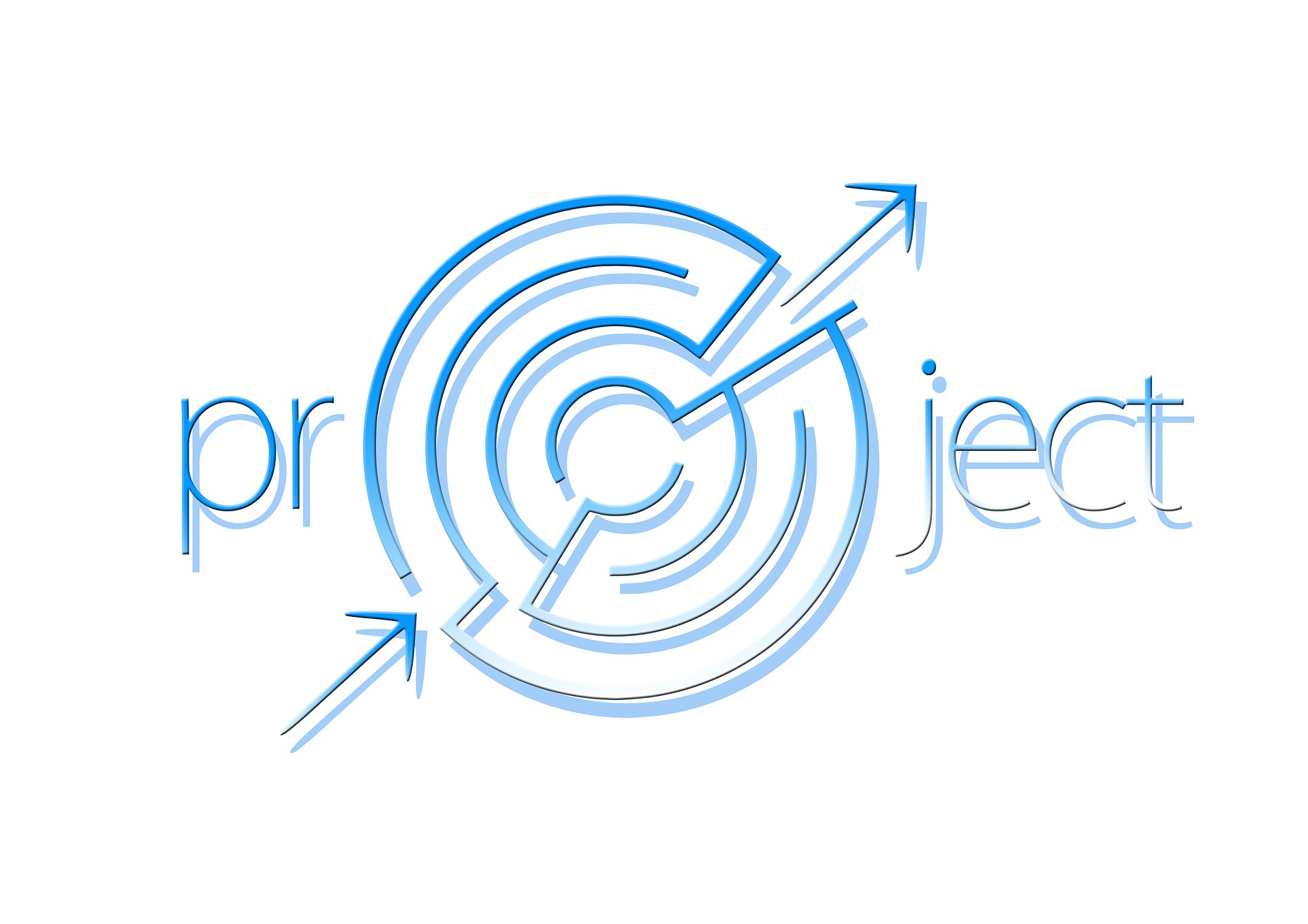
Behind every successful project lies a team that operates with synergy, adaptability, and clarity. Here’s how top teams consistently deliver outstanding results:
Laser-Focused Planning: A project leader must start with a clear vision. Team members align on the scope of production and timeline, setting SMART goals – specific, measurable, achievable, realistic, and time-bound – to ensure everyone is working toward tangible outcomes.
Prioritization That Packs a Punch: Ever heard of the Pareto Principle? It’s the idea that 80% of your results often come from just 20% of your efforts. By identifying and focusing on that critical 20%, teams maximize their impact. Pair this with RICE scoring (reach, impact, confidence, ease) to prioritize tasks in a hierarchical format, ensuring resources are allocated where they matter most.
Tracking Progress Through Sprints: A detailed plan isn’t just a roadmap – it’s a valuable (and refining) tool. Top teams use one or two week sprints to monitor progress, identify bottlenecks early, and stay on course. And when unexpected changes arise? They rely on the OODA loop (observe, orient, decide, act) to quickly adapt, maintaining momentum and motivation.
Agile Mindset for Continuous Growth: Agility isn’t just a methodology – it’s a mindset. Teams that embrace agile practices, versioning, experimentation, and hypo-tempo testing create space for incremental improvements and continual learning. This approach ensures they’re always evolving, innovating, and staying informed.
Communication Is Key: Clear, consistent, and open communication is the backbone of any high-performing team. Regular feedback loops and transparent dialogue empower everyone to stay informed, confident, and aligned. When team members feel heard and supported, they’re better positioned to make smart decisions and perform at their peak.
Continue reading “Achieve Project Success: A Blueprint for High-Performing Teams”



